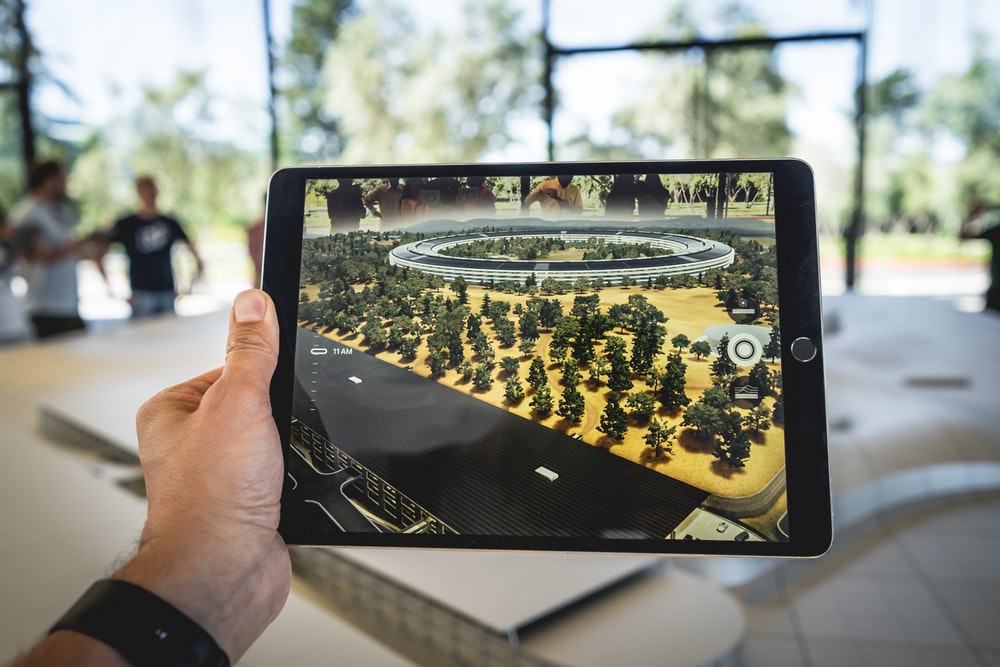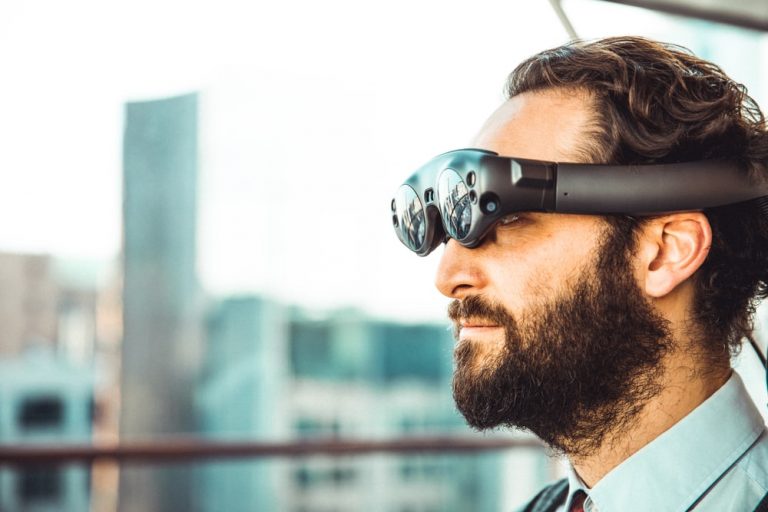Like many terms that describe new and innovative technologies, the term ‘mixed reality’ is used very differently and is subject to certain dynamics. Therefore, here we will try to bring some order to the confusion of definitions. However, before we do that, we should take a step back and clarify how virtual reality and augmented reality differ from each other – and where exactly Mixed Reality or MR comes into play.
MR, AR, VR: What are the differences between augmented, virtual and mixed reality?
Virtual reality describes immersion in a fully digital and usually interactive world. Users put on VR goggles that are closed around the perimeter and thus block the outside world. The goal here is maximum immersion, that is, complete immersion in the virtual world.
Unlike Mixed Reality Glasses, they are transparent so that the outside world remains visible. With the help of augmented reality, digital objects are superimposed on reality and expanded, for example, information boards, markings or small cartoon figures.
 In mixed reality, at least according to our definition, this extension goes one step further. Here, virtual objects not only lie as an additional layer above reality but also interact with it. Thus, a virtual 3D object can lie on a real table and even roll off it onto the floor. And people can now interact with virtual overlays. But how does it work?
In mixed reality, at least according to our definition, this extension goes one step further. Here, virtual objects not only lie as an additional layer above reality but also interact with it. Thus, a virtual 3D object can lie on a real table and even roll off it onto the floor. And people can now interact with virtual overlays. But how does it work?
Understanding the World – How Mixed Reality Works
Mixed reality as described above is only possible with very powerful glasses like Microsoft’s HoloLens 2 or Magic Leap is possible.
This is because the built-in sensors must scan the environment so that the computer inside the AR glasses can calculate a digital and 3D image of reality. This forms the basis for the interaction between digital and real and is also called ‘spatial mapping’.
A popular example is a so-called occlusion: in this process, a digital object is covered by a real object. Thus, a virtual ball rolling behind a physical sofa will completely or partially ‘disappear’, i.e. will cease to be visible – just as it would be the case with a real ball. For the AR glasses to display it this way, they must ‘understand’ from the 3D model of the room that there is a sofa in this place in the room and that it interferes with the view of the ball.
Spatial constraints such as walls can also be integrated into Mixed Reality, as can physical principles: After all, it would be incomprehensible if the virtual apple did not fall to the floor when released, but flew around the office merrily.
Another feature of Mixed Reality that is becoming increasingly important, especially in times of a global pandemic, is the possibility of collaboration: in the future, thanks to Mixed Reality, you will be able to meet with your colleagues – even if they are in another part of the world. They then appear as life-size holograms in real-time. Applications such as the Spatial collaboration software, our digital design tool ARES, or Microsoft’s recently introduced Mesh platform make this possible.



